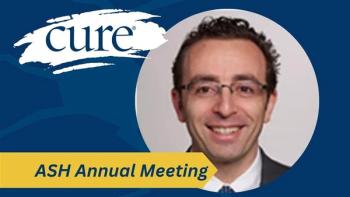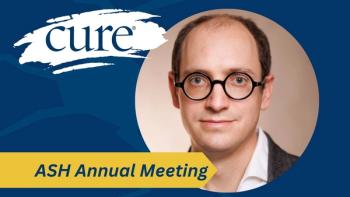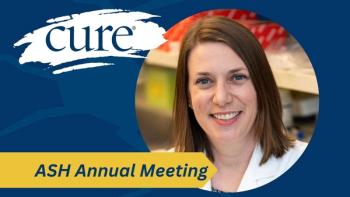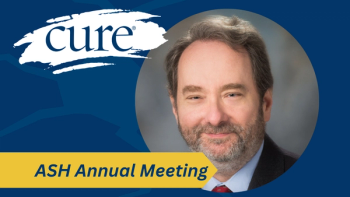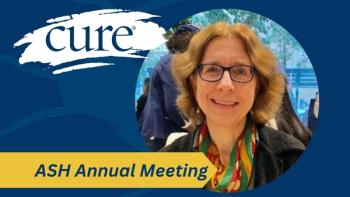
Integrating new therapies
At the Oncology Nursing Society's 35th congress this past weekend, I sat in on a very interesting session on integrative therapies that I wanted to share. ReikiAt Dana-Farber Cancer Institute in Boston, nurses responded to patients' requests for Reiki by getting training and developing a program for the energy therapy. Reiki is a form of "energy medicine" in which a practitioner will place his or her hands on the patient to pass energy in order to promote healing. And while there are no formal studies that prove that Reiki works, one of the presenters at ONS, Suzanne Oliver, said the response of patients has been very positive. In addition, trained nurses have used Reiki on other nurses to help alleviate stress, which has also received positive feedback. For more information on this program, contact Mary Jane Ott at [email protected]. Healing ArtsPatricia Nishimoto of the Tripler Army Medical Center in Honolulu discussed the expressive arts program at her center. With patients from over 20 countries, the oncology nurses at the center wanted to develop a nurturing way for patients, family members, and friends to communicate their emotions during the cancer journey. Art seemed to be the perfect medium that speaks across cultures.Now in its fourth year, the program has seen over 200 participants express their feelings through art. Nishimoto told stories of how discussing their art brought families together and how it helped some children who were not old enough to communicate well show their emotions. Nishimoto told one story of two young children (I think they were two) whose father was dying and the mother wanted them to visit him but the children were afraid of the machines and monitors surrounding their father. Nishimoto got some clay and had the children play with it, putting their handprints in it. She then suggested they get their father's handprints. The children were focused on the task, not the surroundings, and were not as scared. After the father died, the mother said every night the children put their hands in their father's clay handprint and say they are holding his hand. Nishimoto encouraged the crowd to start expressive arts programs at their centers and that she would be more than glad to help. For more information, she can be reached at [email protected] are just a couple of examples of the awesome and innovative work oncology nurses do to support their patients.

